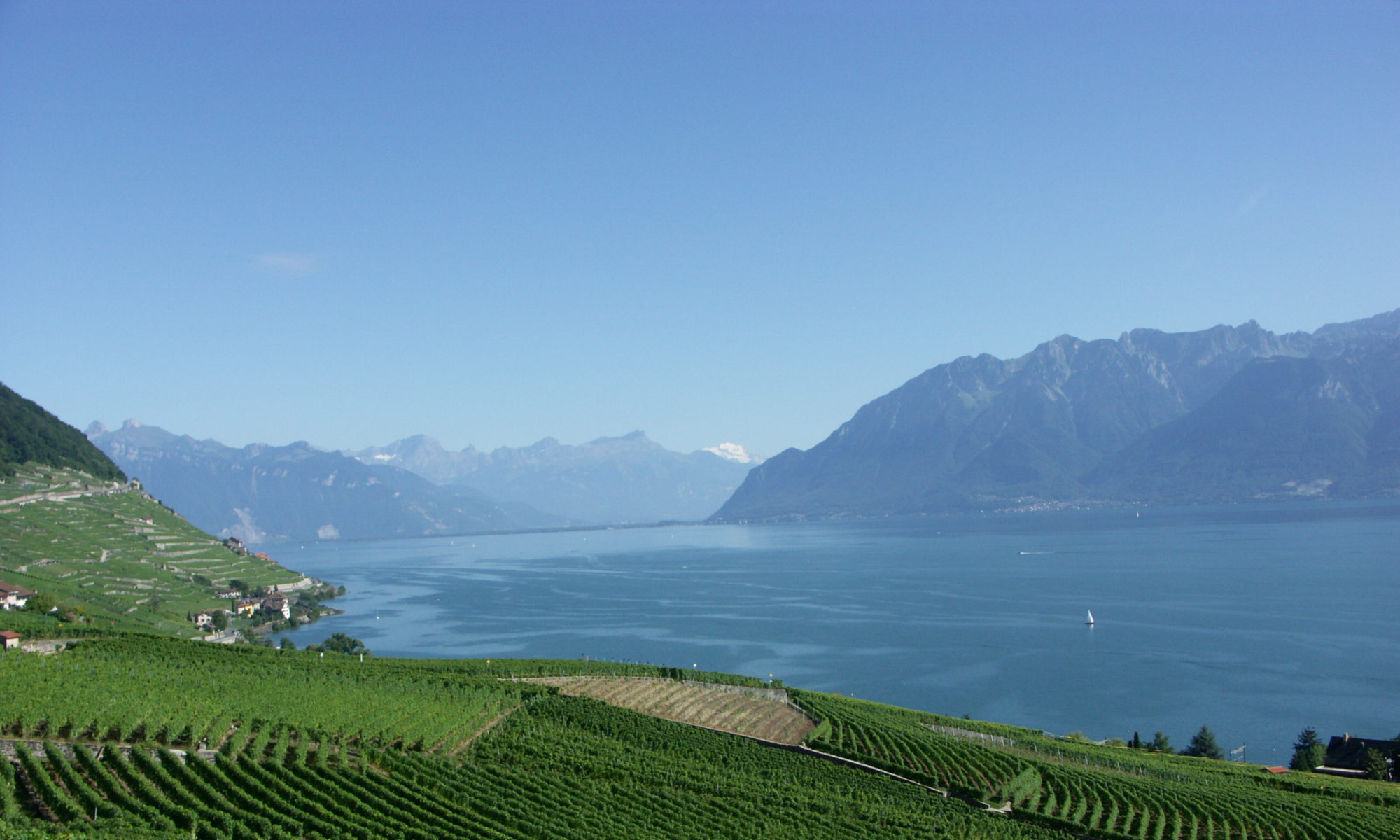To reply to this question use the “Leave a reply” box/field at the bottom of this page.
55 Replies to “Question 1: What are the major external changes and dynamics that demand a response by the National Hydrological Services and the hydrological community of WMO?”
Comments are closed.


El mayor reto es la rápida adaptación a los cambios tecnológicos y al uso de nuevas herramientas informáticas para la recolección, procesamiento y análisis de los datos hidrometeorológicos. Se debe de tener la capacidad de realizar las tareas diarias y a la vez capacitarse.
1. The impacts of Anthropogenic Global Warming (aka “Climate Change”) on freshwater resources and the water cycle across the globe. This is a critical matter, and it is one that has no ‘stock’ response. The impact of climate change on water resources in one region will be different from the impact in another region, but these impacts are equally important and need significant study, attention, adaptation and mitigation.
2. The impacts of increased water demands on a finite freshwater supply due to many factors, including population growth, economic growth, increased agricultural production, etc.
3. The strengthening of data measurement capacity, both technical and theoretical in developing countries. Without the data to monitor and make decisions for the first two points, everything else is moot.
The main changes that require a response from the National Hydrological Services and the WMO hydrological community lie in the transformation that is taking place in the way in which information is generated, used and communicated (especially in the quantity) , so this change entails the identification, and the response to the needs, (which are increasing), of various groups in terms of information and services on weather, climate and water, provided in time and form. The use of new technologies and information platforms will allow a better way of communication and issuance of alerts in all stages of the hydrological cycle.
I think that the question of climate change and its impacts on water resources (their regimes) requires more studies related to nonstationarity (and its type), the models that account for it, and to the delineation of regions where, in practice, water managers and policy makers would benefit from the use of such models. It is clear that the uncertainty connected with the use of ‘nonstationary’ models can be higher than in the case of ‘stationary’ models. However, the final decision depends, besides the magnitude of this uncertainty, on the balance among security needs, waterworks designing (e.g. lifetime) and costs. The international community should definitely focus on transboundary regions where NHSs should cooperate much better in this regard. The international hydrological community should also focus more on finding the relationships between regional trends/tendencies in hydrological regime and climate variables/indices. Of course, the societal (global population) demands should not be forgotten.
1. Glaciers are melting rapidly and supra glacial lakes are bursting frequently since few years back in Nepal Himalayas. Bigger Glacial lakes have been monitored remotely for risk assessment, however glacial hazards have been noted from small glacier lakes rather than those from identified risky lakes in terms of shape, size, damming features. WMO may suggest for scientific society to explore for appropriate technology and guideline to monitor such events through NHS.
2. Trans-boundary issue of water related hazard information in real time is essential for GLOF risk reduction for safety of life and property. The bilateral governmental commitment to share such data and information is a big challenge. WMO can work for coordinating and developing tools to handle such cases.
3. Effective system for monitoring flash flood and drought is forthcoming. Knowledge enrichment activities are necessary for NHS and scientific community to enhance the flow and drought forecasting capacity for water managers.